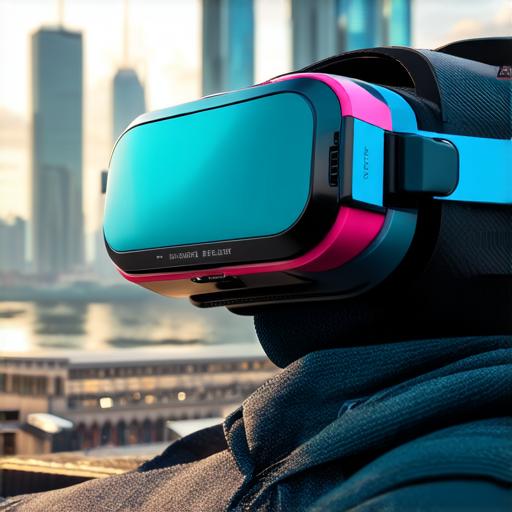
Augmented Reality vs. Virtual Reality: Which Comes Out on Top?
What is Augmented Reality?
Augmented reality is a technology that overlays digital information on top of the real world. This can be done using a smartphone or tablet, or through specialized AR glasses. AR allows users to interact with their environment in new ways, and has many practical applications, such as:

- Remote support: AR can be used to provide remote technical support by allowing technicians to see what the user is seeing, even if they are not physically present.
- Training: AR can be used to create interactive training simulations that allow users to practice skills in a safe and controlled environment.
- Gaming: AR can be used to create immersive gaming experiences that blend real-world environments with digital content.
- Marketing: AR can be used to create interactive marketing campaigns that engage customers in new and exciting ways.
What is Virtual Reality?
Virtual reality is a technology that creates a completely immersive experience, allowing users to feel like they are inside a virtual world. This can be done using specialized VR headsets or other devices, such as motion controllers or sensors. VR has many applications, including:
- Gaming: VR offers a fully immersive gaming experience that is unlike anything else on the market.
- Training: VR can be used to create realistic simulations for training purposes, allowing users to practice skills in a safe and controlled environment.
- Design: VR can be used to create virtual prototypes and test designs before they are built, saving time and money.
- Education: VR can be used to create interactive educational experiences that engage students in new and exciting ways.
Which One is Better?
It’s difficult to say which AR or VR is better for what purpose, as it really depends on the specific needs of the user. However, there are some key differences between the two technologies that can help you make an informed decision:
- Cost: VR tends to be more expensive than AR, especially if you need specialized equipment like headsets or sensors.
- Accessibility: AR can be accessed through a smartphone or tablet, making it easier for people to use and share. VR requires specialized equipment, which may not be available to everyone.
- Realism: VR offers a more realistic experience than AR, as it fully immerses the user in a virtual world.
- Practicality: AR has many practical applications, such as remote support and training, while VR is mainly used for gaming and design purposes.
Summary
Augmented reality and virtual reality are two exciting technologies with many practical applications. While there are some key differences between the two, both have their own strengths and weaknesses. By understanding these differences and considering your specific needs and budget, you can choose the right technology for your project. Whether you’re looking to create a new training program, design a game, or simply explore new ways of interacting with digital content, AR and VR offer exciting possibilities for the future.


